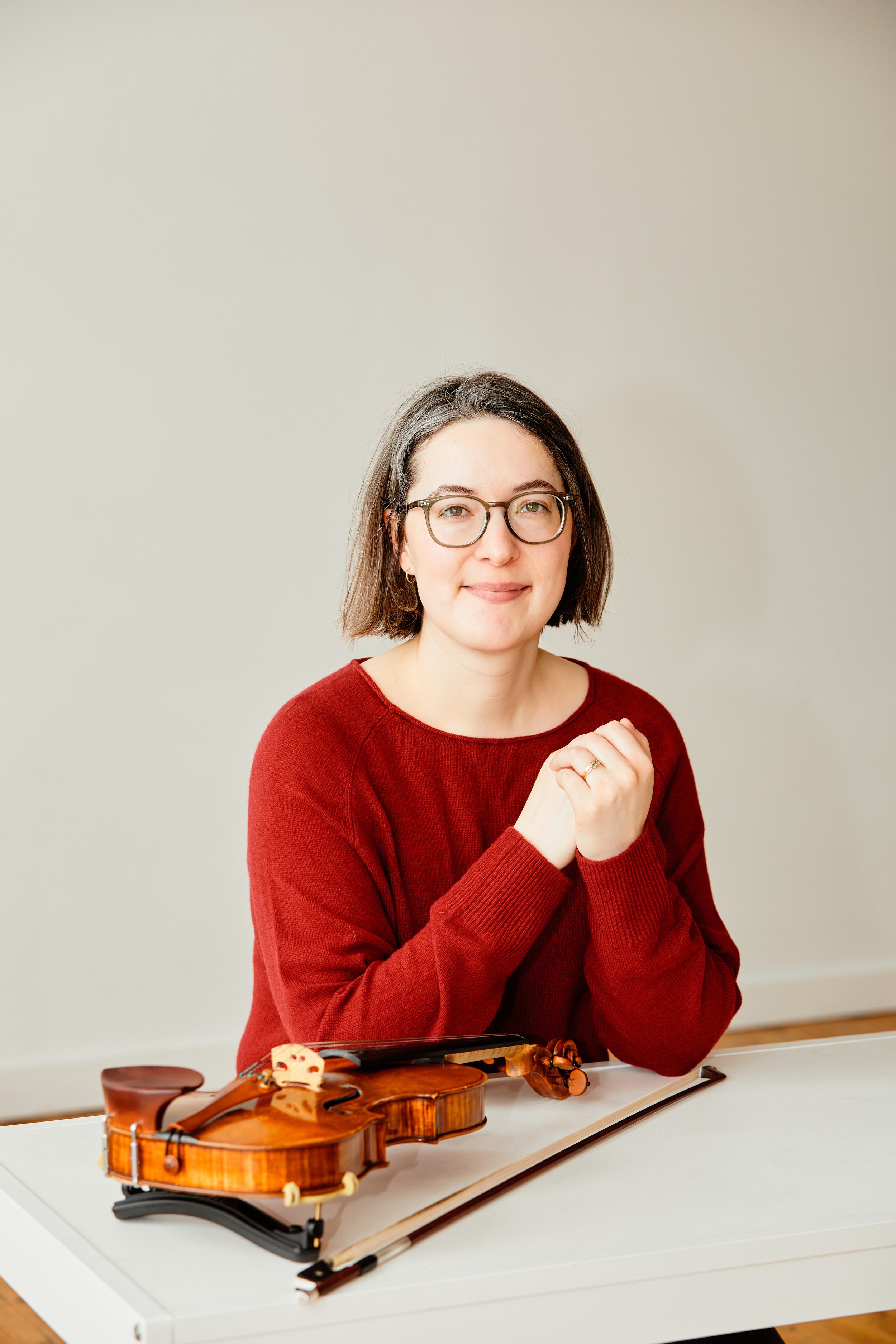Why Take Violin Lessons?
There are plenty of reasons not to take lessons. Learning to play the violin is time consuming, expensive, and demands consistency, focus, and hard work. The initial learning curve for string instruments can feel intimidatingly steep. Nearly every child will at some point (or many points) contend that lessons and practice are boring/frustrating/just the worst. Children need a lot of support from the adults around them to establish good practice habits and routines. In short, becoming a violinist of nearly any degree of competence is a long term commitment, and every student will encounter challenges along the way.
Of course, every student will also encounter much to enjoy along the way. Although everyone engages with the process differently, there are some very consistent joys that I see students encounter time and again. Perhaps the two most significant of these are the joy of doing something difficult well and the joy of creating something beautiful.
Violin presents us with a continuous series of skills to master and a nearly endless repertoire of music to learn. Given the right guidance and learning environment, this abundance of skills and music can be a wonderful gift: by starting with mastery of the smallest building blocks and progressing through more and more complex tasks, students can engage continuously with a cycle of challenge and growth. Even very young students can recognize what used to feel difficult that they can now do with ease. Imagine what consistently dividing complex tasks into doable components can mean for every aspect of a child’s life!
Playing the violin also helps us to both notice and create beauty. We learn to listen carefully for beautiful tone and ringing intonation, and to notice subtle musical details. We also learn to listen to how we sound when playing with others: we notice when we are in tune with others and when we are not, we notice when we have chosen a different tempo, different dynamics, or different bow directions than the people around us. In learning how to, quite literally, play well with others, we get to experience creating beauty as a communal effort.
So, yes, the nitty-gritty of learning the violin doesn’t always feel as nice or straightforward as we want it to. The process doesn’t always move in a linear fashion, or progress as quickly as we might hope. But there are huge rewards amidst the challenges. My ideal for the families I work with is that they will be able to find balance between focusing on the day-to-day realities of practice and lessons and staying connected to their big picture goals and values. The day-to-day is essential (and can be quite enjoyable in and of itself!), but the big picture—whatever that may specifically be for your family, whether it aligns with these particular joys or not—keeps us grounded in our ultimate reasons for choosing violin lessons.
*all of this applies equally to the viola!! it’s just a little clearer to not write ‘violin or viola’ over and over:)






